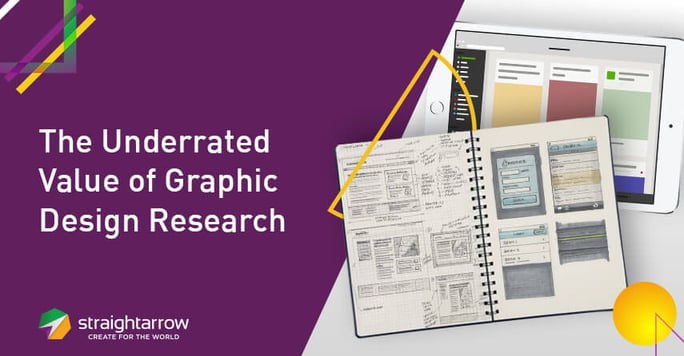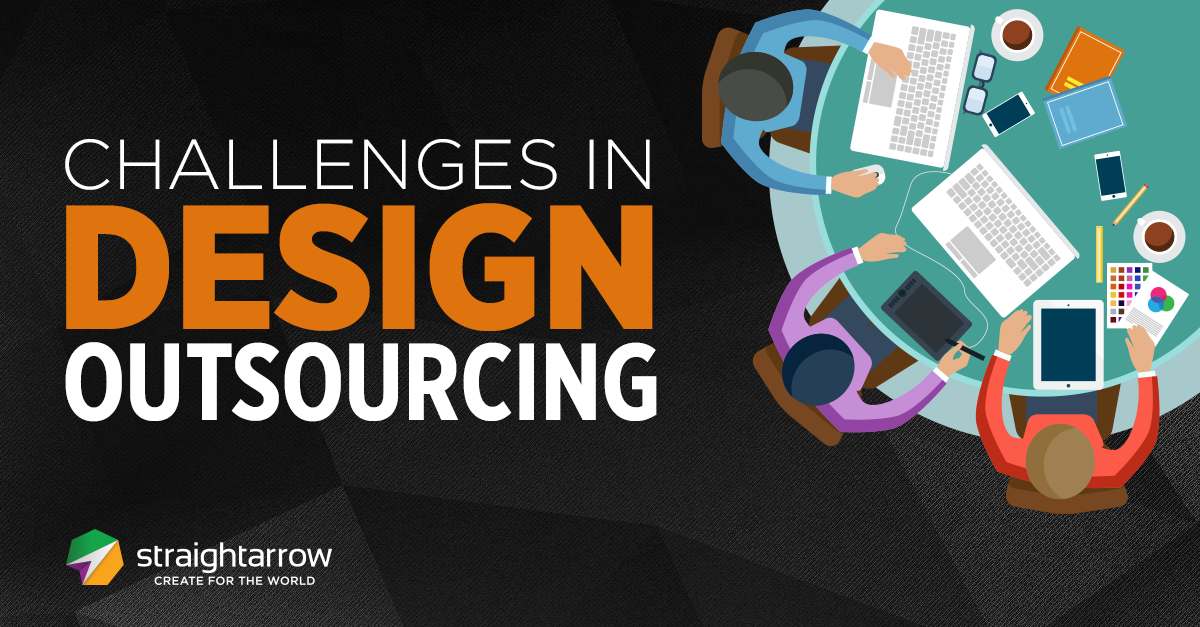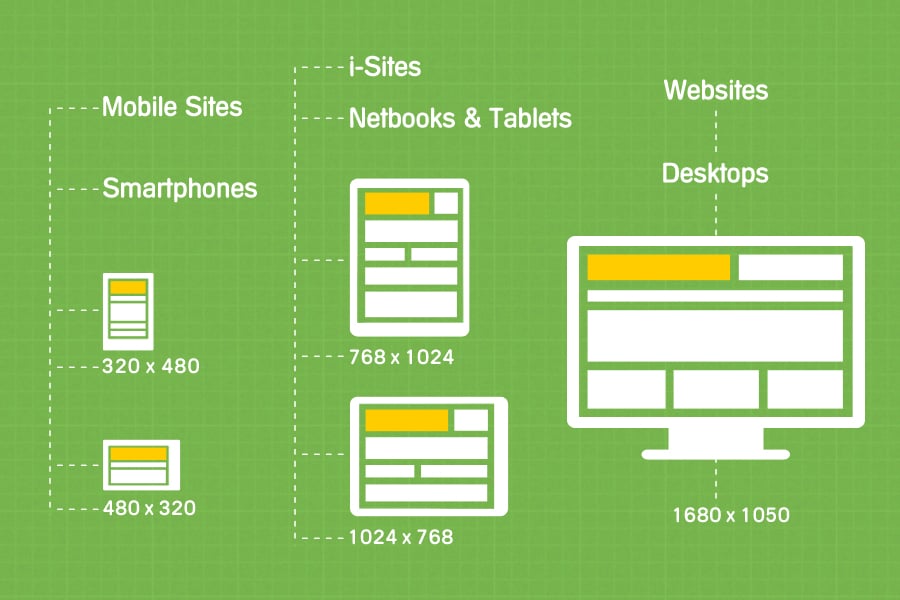
“It’s not just what it looks like and feels like. Design is how it works.” Steve Jobs’s statement is true even for graphic design, which people often forget is about solving problems—not just making things pretty. When people forget that, they also tend to overlook the value of properly investigating those problems. They overlook the value of graphic design research.
This is unfortunate, because graphic design benefits greatly from dedicated research—more than a lot of people might think. Misunderstanding is at the root of this undervaluing: without a clear idea of what such research involves, people dismiss it. To explain its benefits, we must clarify what design research is.
What goes into graphic design research?
First of all, it’s important to distinguish design research from market research. Market research identifies opportunities among consumers’ needs or desires. It solves problems of beating competition and gaining patronage. Design research, on the other hand, takes it as a given that there is some consumer or user desire to be satisfied. Its concern is how best to satisfy it.
This research, therefore, examines how visual elements can be organized to satisfy people’s need for clear communication. This might convey information (e.g. infographics) or call for action (e.g. buttons or signs). To find the best solutions, it studies both the visual elements themselves and the people who use them.
Research for a specific project thus examines both the target users and the graphic techniques to be used. In some cases, this might involve original investigations like experiments, focus groups, or site visits. Often, however, much of the information will be gathered from past studies.
What does research do for a project?
It should be clarified that research done for a project does not always have to produce new knowledge. Sometimes it will only confirm existing knowledge. Sometimes it will explore the application of old knowledge in different contexts. This is all aligned with the function of design research done with a specific project in mind.
1) Establishing a common basis for decisions
Research creates a shared knowledge base across the project, covering designers and clients alike. So while it might not turn up anything groundbreaking, it provides everyone with the same basis for making design-related decisions going forward. When people are all on the same page, decisions can be made more quickly. And when this research is put into proper documents, such as project briefs or mood boards, the project can move forward much faster.
2) Exposing false assumptions
People often go into projects with a number of assumptions about users and about what works and what doesn’t. Each person’s assumptions may be different and, quite possibly, incorrect. Research exposes false assumptions for what they are and also curbs the differences in knowledge among team members.
3) Puts the problem in focus
Over the course of the research process, the team will also be forced to refine their definition of the design problem to be solved—which, again, will be different from market problems or other business problems. Framing their task as strictly a design problem avoids muddling the issue and allows the team to propose more direct, focused solutions.
4) Opens roads less taken
With the problem in focus and assumptions dispelled, design research opens up possibilities beyond “how things have always been done.” By focusing directly on visual materials and how people interact with them, it opens up new possibilities across different aspects of design, from layout to typography, ergonomics to user interface design.
Resistance
Of course, not everyone likes shaking things up. Questioning assumptions and deviating from old methods can be costly. It might require new systems, new processes, or drawing up plans from scratch.
And perhaps more than anything else, research requires leaving yourself—and your team, department, business, etc.—open to uncertainty. Proper research always accounts for the possibility that your assumptions will be proven false and you’ll have to start some things over.
In addition to the cost in resources, some people might see this as a sign of weakness or foolishness. And even leaders who would otherwise be open to those possibilities might back down because of the threat of opportunists seizing those moments when plans have to be redrawn.
Getting it done
Given that, how can one minimize the costs and risks of research in a project while getting the most out of it?
One good way is making sure research is carried out where it can make a difference the most: at the start. Once the project and the design problem have been identified, research should be undertaken to inquire, not to affirm. This minimizes the plans that have to be redrawn or even work that has to be redone.
That said, nothing kills research more than impracticality. Practical research works within the limits of your resources. If your budget is tight, focus on the research that matters most. Secondary sources are usually cheaper, but a niche project might benefit more from a consultation with target users than it would from hours spent combing through related studies.
Finally, make research a part of your regular design processes. The more often you go through it, the more you’ll adapt research design psychology. You’ll maintain a healthy skepticism of assumptions and be more open to new ways of framing problems and solutions. Most importantly, you’ll learn to focus on questions before answers, minimizing the costs that come from introducing research too late into a project.
Graphic design research, when done right, allows designers to do what they do—solving problems about users and how things work, not just making them pretty—better and more reliably. And few things are more beautiful than a great solution to a problem.
Get a great start on your next design project by communicating your ideas right. Download our project brief and creative brief templates:











Comments